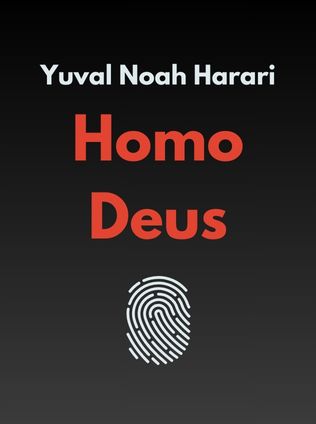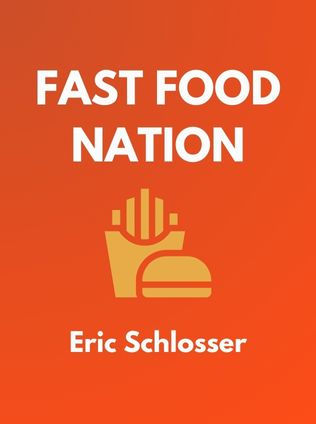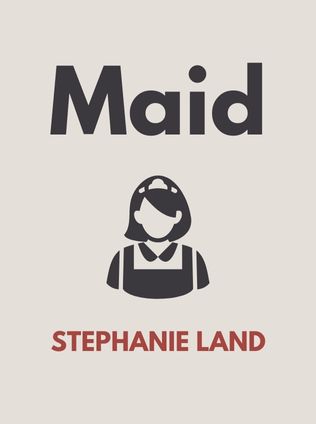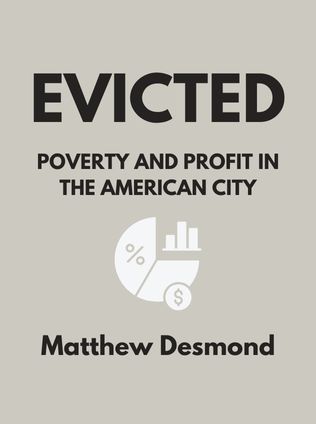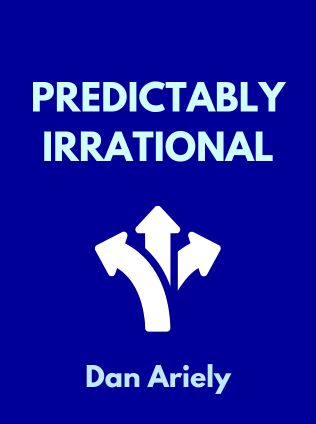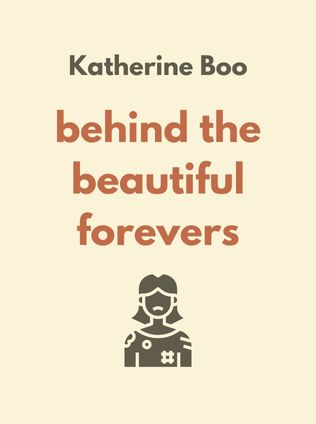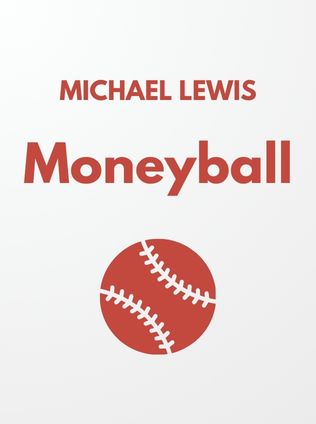
Free
The Future of a Radical Price
By Chris Anderson
Published 07/2009
About the Author
Chris Anderson is a renowned author and editor known for his works on the impact of technology on business and society. As the former editor-in-chief of Wired magazine, Anderson has a keen understanding of how digital advancements are reshaping the economic landscape. His influential books, such as "The Long Tail" and "Free: The Future of a Radical Price," explore how the internet and technology create new business models and opportunities.
Main Idea
In "Free: The Future of a Radical Price," Chris Anderson argues that giving things away for free can be more profitable than charging for them. He explains how the cost of digital goods has decreased so dramatically that offering free products and services has become a viable and often essential business strategy. This shift from scarcity to abundance thinking applies across various industries, not just the digital economy, and challenges traditional notions of value and profitability.
Table of Contents
- The History of Free
- How Digital Electronics Has Revolutionized Free : How and Why Free Works
The History of Free
The concept of "free" has evolved over centuries, shifting from a simple marketing gimmick to a powerful business strategy. Initially, free offerings were used to attract customers, such as in the case of 17th-century saloons that provided free meals to patrons who bought drinks. Over time, free became a tool for building market share and creating value in various industries, including publishing, broadcasting, and more.
Free has had a notable impact on the publishing industry. Many community newspapers, for example, start out as subscription-based entities and then increase circulation by dropping their cover price and becoming free. This bump in circulation makes the newspapers more valuable to potential advertisers, often offsetting the loss of subscription revenue.
“Free can mean many things, and that meaning has changed over the years. It raises suspicions, yet has the power to grab attention like almost nothing else. It is almost never as simple as it seems, yet it is the most natural transaction of all.” – Chris Anderson
- Radio and television broadcasting: Free-to-air content funded by advertisers.
- Magazines: Free online versions alongside paid print editions.
- Newspapers: Switching from paid subscriptions to free distribution supported by ads.
The phrase “there’s no such thing as a free lunch” refers to a tradition of 17th-century saloons in New Orleans and elsewhere that offered “free” food to anyone who purchased at least one drink. In practice, this was more like a cross-subsidy – the saloon-keepers were betting the cost of a meal that most customers would not be able to have just the one drink but would end up buying more than enough to pay for the food as well.
Samplers, gifts, and tasters have always been used in all kinds of creative ways. More than once, companies have found their existing business models vaporized by new market entrants who were willing to give away free things in exchange for market share and the possibility to make more in the future. The dynamics of free have worked their way through radio broadcasting, television broadcasting, publishing, and almost every other industry which could be mentioned.
The concept of free has had a notable impact on the publishing industry. Many community newspapers, for example, start out as standard subscription-based entities and then find they can increase their circulation by dropping their cover price and becoming free. That bump in circulation, in turn, makes the newspapers more valuable to potential advertisers. Often, the increase in advertising revenue is then more than enough to offset the loss of revenue from newsstand sales or subscriptions.
Similarly, it’s not unusual for a glossy magazine to have a number of different price points:
- A stripped-down version on the web which is accessible for free.
- Issues which sell at the newsstand for say $4.95 each – of which half the revenue goes to the newsstand and half to the publisher.
- Yearly subscriptions for $10 – which is generally less than the cost of printing and distribution but the money paid by advertisers is sufficient to make this profitable overall.
These various price points illustrate the fact all kinds of dynamics can come into play when considering giving something away for free. On the one hand, if you charge nothing, you’ll get more attention and your circulation figures will soar. However, if you can demonstrate people care enough about your stuff to actually pay for it, then your value to potential advertisers soars. You can charge advertisers more because you’ve proven that your subscribers care enough about your material to reach into their wallets and pay for it.
A zero price point is something of a paradox really:
- People love getting free stuff because there is no downside risk that you’ve made a bad decision. Therefore, to maximize participation, a zero price point can’t be beat.
- However, where there is no cost, there is also no commitment. People value what they pay for more than something that’s free. Therefore, to get people to value what you have, you should charge for it.
- Once you get people to pay something for what you have to offer, you can then employ creative strategies to keep on bumping up the transaction value progressively over time.
There is also a parallel dynamic in play between time and money. When you have no money, you’re prepared to do more things for yourself so you’ll happily take a free product and fiddle with it. But when you do have money, then it becomes far easier to pay for a finished product which is more expensive than the free version.
As a result, all kinds of business models have been developed as ways to make money from stuff that’s free. Some of these are well established and form the basis of the four basic business models set out on the next page. Other business models also arise which are hybrid mixes of the four generic business models.
Take, for example, the concept of open source hardware. A company called Arduino exists to develop and sell environment sensors which can be used for home automation or interactive devices. The company’s business model is:
- Arduino makes all its information freely available over the Internet – plans, printed circuit board files, software, and instructions on how to make everything. A community grows up around this information.
- People start helping each other to build things using the plans and hopefully to come up with design improvements. Everyone is encouraged to tinker and share their new ideas.
- For those who don’t want the hassle or risk of building themselves, Arduino sells polished versions of its products which are guaranteed to work. The company also sells accessories and other add-ons.
- Arduino is quite open about the fact it is building a 40 percent profit margin into its assembled products in order to pay the bills. Everyone understands this and accepts this as being fair and reasonable.
- Arduino also makes money from a certification fee it charges others who assemble the product. This allows other entities to come into the market and compete.
Arduino’s business model illustrates the fact free works well in conjunction with paid. There are all kinds of dynamics involved and companies have had long experience in finding ways to make a free price point work out to be profitable.
“At the beginning of the twentieth century, Free fueled a consumer revolution that defined the next hundred years. The rise of Madison Avenue and the arrival of the supermarket made consumer psychology a science and Free the tool of choice. Free-to-air radio and television united a nation and created the mass market. Free was the rallying cry of the modern marketer and the consumer never failed to respond. Now, at the beginning of the twenty-first century, we’re inventing a new form of Free, and this one will define the next era just as profoundly.” – Chris Anderson
How Digital Electronics Has Revolutionized Free
The digital revolution has drastically reduced the costs of producing and distributing goods, making free a viable business model. The marginal cost of digital products is virtually zero, which means producers can offer their products for free without incurring significant costs. This trend is driven by advancements in three key areas: processing power, digital storage, and bandwidth.
Moore’s Law, which states that processing power for a given cost doubles every two years, is a key driver of this trend. Additionally, hard drive storage and bandwidth costs are improving at an even faster rate. This continuous decline in costs creates opportunities for businesses to offer digital products at zero price points profitably.
Sign up for FREE and get access to 1,400+ books summaries.
You May Also Like
Rich Dad Poor Dad
What the Rich Teach Their Kids About Money - That the Poor and Middle Class Do Not!
By Robert T. KiyosakiFreakonomics
A Rogue Economist Explores the Hidden Side of Everything
By Steven D. Levitt and Stephen J. DubnerThe Lean Startup
How Today's Entrepreneurs Use Continuous Innovation to Create Radically Successful Businesses
By Eric RiesFactfulness
Ten Reasons We're Wrong About the World – and Why Things Are Better Than You Think
By Hans RoslingPrisoners of Geography
Ten Maps That Tell You Everything You Need to Know About Global Politics
By Tim MarshallNudge
Improving Decisions About Health, Wealth, and Happiness
By Cass R. Sunstein, Richard H. Thaler






